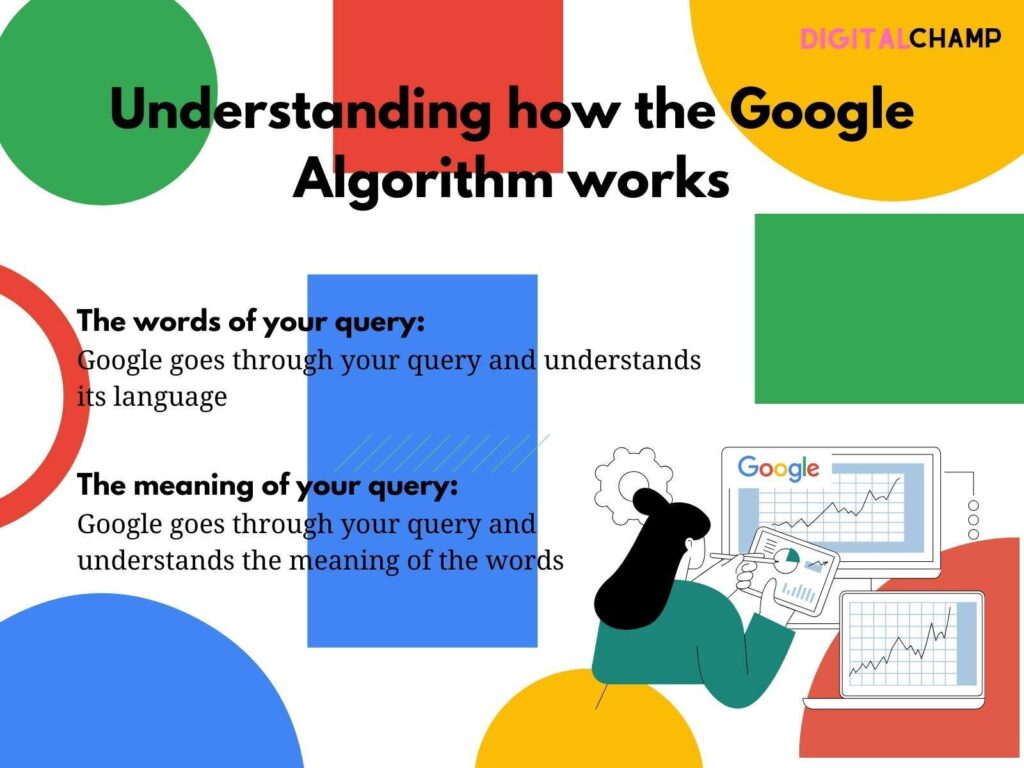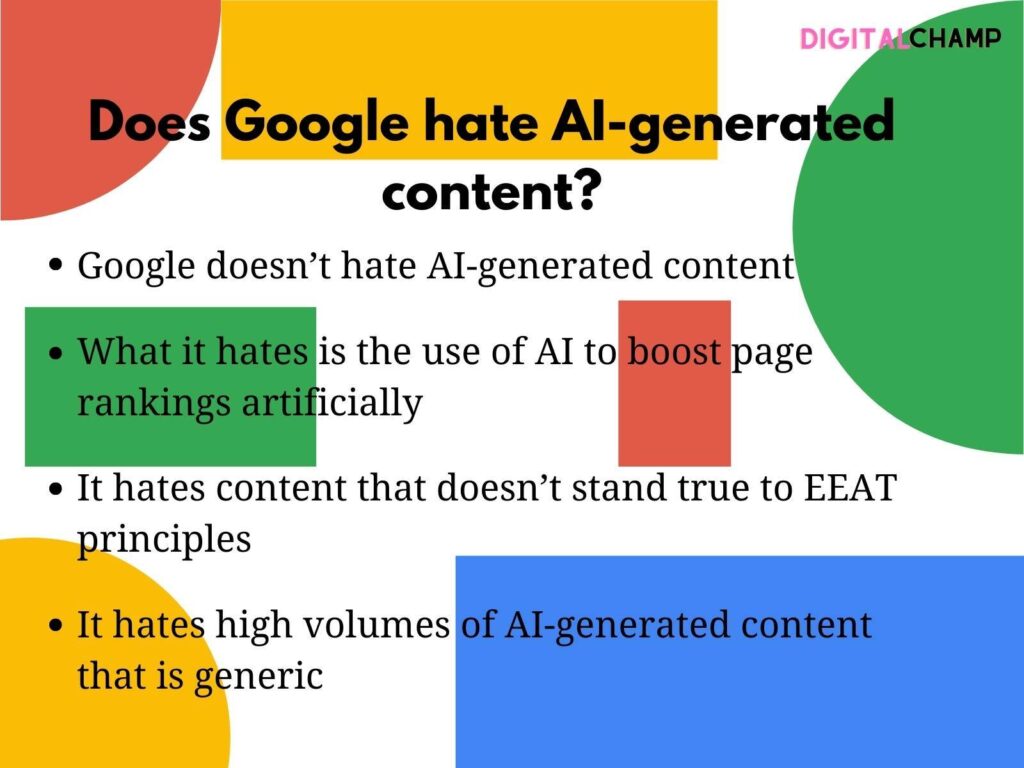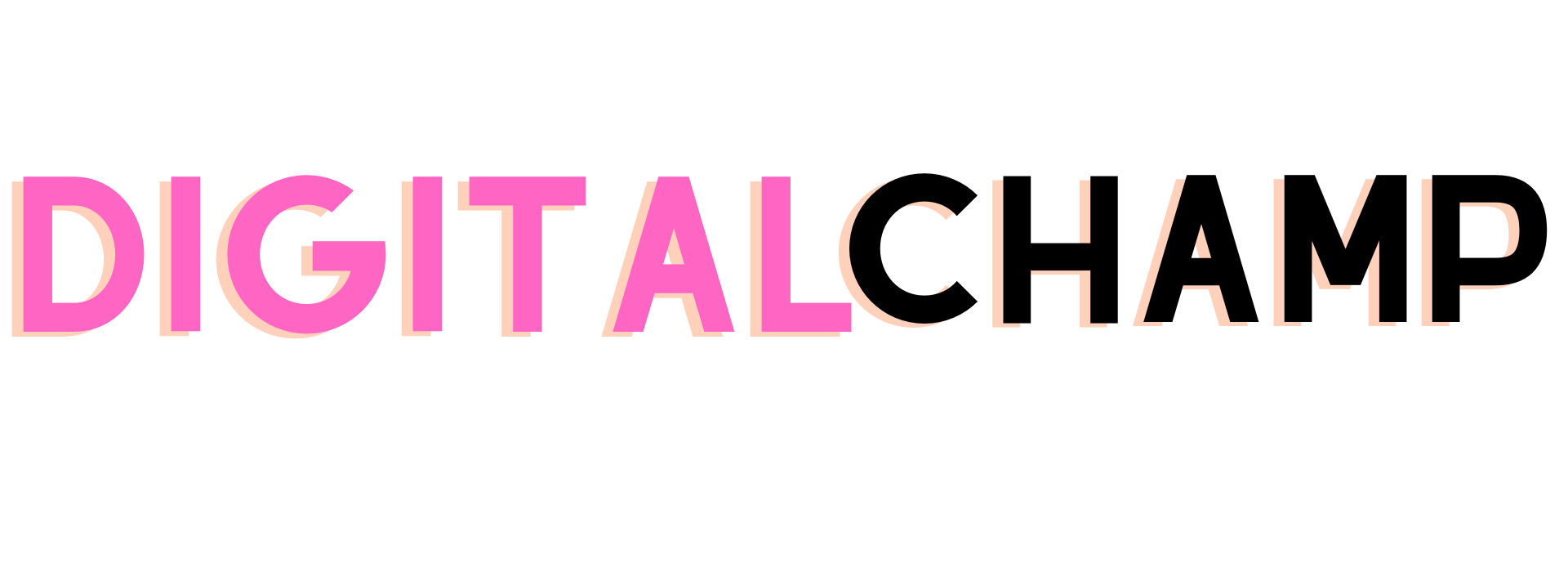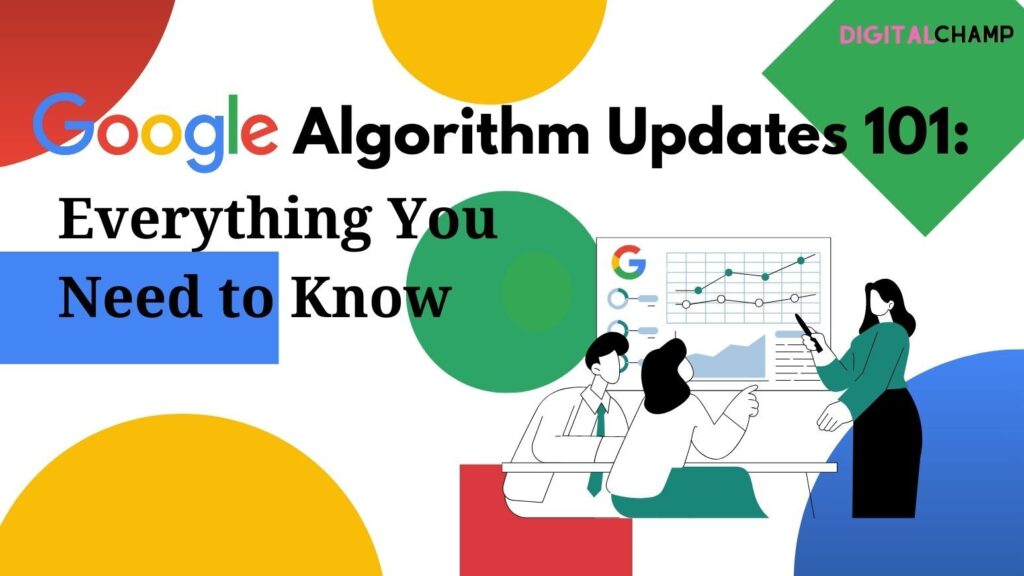Google is the biggest search engine the world has ever seen. Everything that you need can be found among the gazillion pages listed on the search engine. Given the scale of the search engine, it only becomes obvious that the Google algorithm is the one controlling everything that pops up on your screen. But what is the Google search algorithm? How does it work? And are there any updates it has received?
Read along and discover the answers to these questions in today’s blog. Get up to speed on Google algorithm updates and how they’ve changed the way things work.
What is the Google search algorithm?
The Google search algorithm or Google algorithm is a highly complicated system of rules that govern how search results are displayed based on a query. The algorithm fetches data from the search index and delivers it to the end user. Here’s the thing though, the so-called Google algorithm isn’t just a single algorithm but a collection of algorithms that work together to fetch the desired result.
Over the years, several Google algorithm updates have changed how Google searches work. While some changes have been minimal, some have been quite substantial. But before we get into the evolution of the Google search algorithm, let’s first take a look at how the Google search algorithm works.
Craft experiences for your viewers that end up converting them into loyal customers through our Conversion Rate Optimization (CRO) Services today.
Here’s how the Google search algorithm works
The Google algorithm works by studying a few factors and then groups the results based on them. When you enter a query in the search bar, Google studies it for the following aspects:

- The words of your query: Google begins by understanding the language of your query and the words it uses as the first step.
- The meaning of your query: Once Google has understood the language, it then begins by understanding the meaning of your query.
Now, these two attributes alone should be enough to look for and present the user with results, but there’s more to it:
- The meaning: Once again, the meaning of your search query prompts a response that begins with understanding the intent of the query. Google uses its own language model and a complex synonyms system that looks for related terms in search results. For example, if there’s a search term that doesn’t exactly appear in a result, chances are that Google used the synonyms system to find a related term that might represent the same idea. Google also uses spelling correction measures to give you the right results. In case you ever miss out on a spelling error, Google will show you the real term and ask you, “Did you mean (the correct term)?” to narrow down the accuracy of the search result further.
- The relevance: Google, when looking up search results, finds them via the relevancy of their answers. For example, when looking up an event from the last five years, Google will only look up the major events from the last five years. It won’t give you the results that might share the same name but are decades old. The most common method for the Google algorithm to come up with an answer is to look for it via its search term or the primary keyword. However, the keyword alone isn’t a defining factor for search results, as some may exploit keywords by spamming them throughout their page. One of the earliest Google algorithm updates worked just to rectify this. Rather than the term itself, the Google algorithm also looks up the way the term itself has been used.
- The quality: The Google algorithm also looks up content pieces that give value to the end user. Pages that contain the right amount of primary and secondary keywords, images, external and internal links, quality backlinks, and other media elements are considered good-quality pieces by the Google algorithm. These days, content can be generated through Large Language Models as well, but the problem with such systems is that they’re not nuanced when it comes to explaining things. While new writers and content creators might use LLMs for their content needs, relying on them entirely might not be fruitful as the content itself can be very generic.
- The UI and UX: The User Interface or UI of a webpage refers to its layout that aids the users in the page’s navigation. The experience attained from interacting with a website’s UI is better known as User Experience or UX. But UX doesn’t just end at UI interactions. It also encompasses the page loading time, the size of the media elements used, etc. Speed is of the essence, and the Google algorithm understands it as well, which is why it also looks for elements such as faster page loading times, easier-to-follow breadcrumbs, etc. About 58% of all website traffic was generated by mobile phones in 2023. While this change hasn’t been sudden, its impact surely has been felt, which is why it was added to the Google algorithm updates in recent years. Now, the algorithm also looks at whether your web page has been optimized for mobile viewing experience or not.
- The location and context: The Google algorithm also takes into account your location and terms associated with the said location. That’s because the context of the search term might change with the change in locations. For example, the term “Football” has a different meaning in the US than in the UK. Therefore, when a user types “Football” in the search bar, it is highly likely that the algorithm will show the result that best represents the type of “Football” played in the particular region. Recently, locations and even elements from a user’s search history have been added to Google algorithm updates to make the search experience better.
Engage users with comprehensive email campaigns and dissect marketing strategies. Read our blog on How to Build an E-commerce Email Marketing Strategy in 2024 today.
The latest Google algorithm updates: What do they mean?
Google has rolled out a number of updates for its algorithm since the early days of the search engine itself. Here, we’ll take a look at the most recent updates from this year and dissect them for the details they hold. While most updates aren’t major, some of them do shape the way content is created and presented on the internet. And with the advent of AI and LLMs, the Google algorithm has undergone a few major updates. Let’s take a look at some of them:
The August 2024 core update
Major updates to the Google search algorithm are better known as core updates. The August 2024 core update is said to improve the quality of the search results for users. This update focuses on the value generation aspect of the content rather than the SEO-centric approach followed by generic content lineup from brands.
Google will no longer rank for typical SEO aspects, such as the number of keywords alone. This has been put in place to reduce the number of spammy content pieces that were ranking for keywords but didn’t really give any additional value to the end user. This update is supposed to take about a month or two to roll out.
The July 2024 update
With the rise in AI content creation platforms, new platforms are now capable of creating deepfakes of other people’s faces and voices. This has raised concerns as it can jeopardize people’s identities and be used heavily for identity theft. Realizing the severity of the technology, Google rolled out the July update that has already begun flagging websites and pages for non-consensual explicit content.
Google has also implemented a complex system that runs through the original content and finds its duplicates that are unauthorized. This update is one of the most crucial updates in the history of Google, as such technology hasn’t been encountered before.
The June 2024 update
Another one of crucial Google algorithm updates is the June 2024 update. Consider this to be a precursor to the August update, as this one focuses on spammy content and its elimination as well. This update focuses on the sites that violate Google’s spam policies. This update targets websites that have:
- Auto-generated content only for the purpose of boosting the page’s rank for SEO metrics.
- Link buying and selling spaces for rank manipulation.
- Duplicated content that doesn’t give any value to the end user.
- User tracking methods and tools that do so via unauthorized and spammy methods.
The March 2024 core update
Another one of the crucial Google algorithm updates was the March 2024 update. It was a core update as it took 45 days to roll out. This update focused on assessing the quality of the content on different websites and on the practices to curb link farming.
Here’s what the update primarily focused on:
- The depth of the content on different websites.
- Uprooting shady SEO practices that involved keywords and backlinks.
- Getting quality links rather than getting generic links in droves.
This Google update, just like every other update, focused on the existing problem of removing spam and promoting content that actually gave quality results.
How does Google treat AI-generated content?
This is a question that has been asked countless times by content creators across different channels. The proliferation of LLMs and other AI generators has enabled people to create elaborate pieces of text, pictures, videos, and audio files. While most content pieces generated by AI are fluent in conveying their message, they do lack on a few major fronts such as the factual accuracy of the content and the general lack of human touch.

An AI model can only give you information based on the data it has ingested before. Hence, there is a possibility that even the most complex AI models might give you facts that are either outdated or false. As of now, LLMs still face trouble when quoting sources and data points for the content pieces they help generate.
The Google search algorithm understands the situation, which is why it hasn’t outright banned the usage of AI tools for content generation. However, it has clearly said that any piece of content that doesn’t stand true to the EEAT or Expertise, Experience, Authoritativeness, and Trustworthiness qualities will be flagged.
Google states that automation has been used for publishing content before and hence doesn’t require an outright ban. However, any content, whether it is man-made or AI-generated, that isn’t created with a “People first” approach will be considered spammy and will be flagged for violating the guidelines. This includes malpractices like link farming and boosting SEO metrics via keywords and broken links. Over the years, Google algorithm updates have ensured the safekeeping of content pieces on the internet, as their primary job is to help people rather than rank better.
Want to run marketing campaigns but don’t know where to start? Let’s Join Forces and create experiences that boost ROI today.
To sum it up
Whether it is content for a website or a video, everything can be promoted on Google. While ranking via means like keyword distribution and adding links used to be valid before, it isn’t now. Google algorithm updates over the years have ensured that every piece of content is geared towards the users rather than the ranking system itself. Therefore, the next time you create a page or write a blog, make sure that it is written with people’s queries and interests in mind rather than getting a better SEO score and securing a better rank than your competitors. In fact, if you create quality content pieces, Google will automatically place you at the top of its search results pages.





